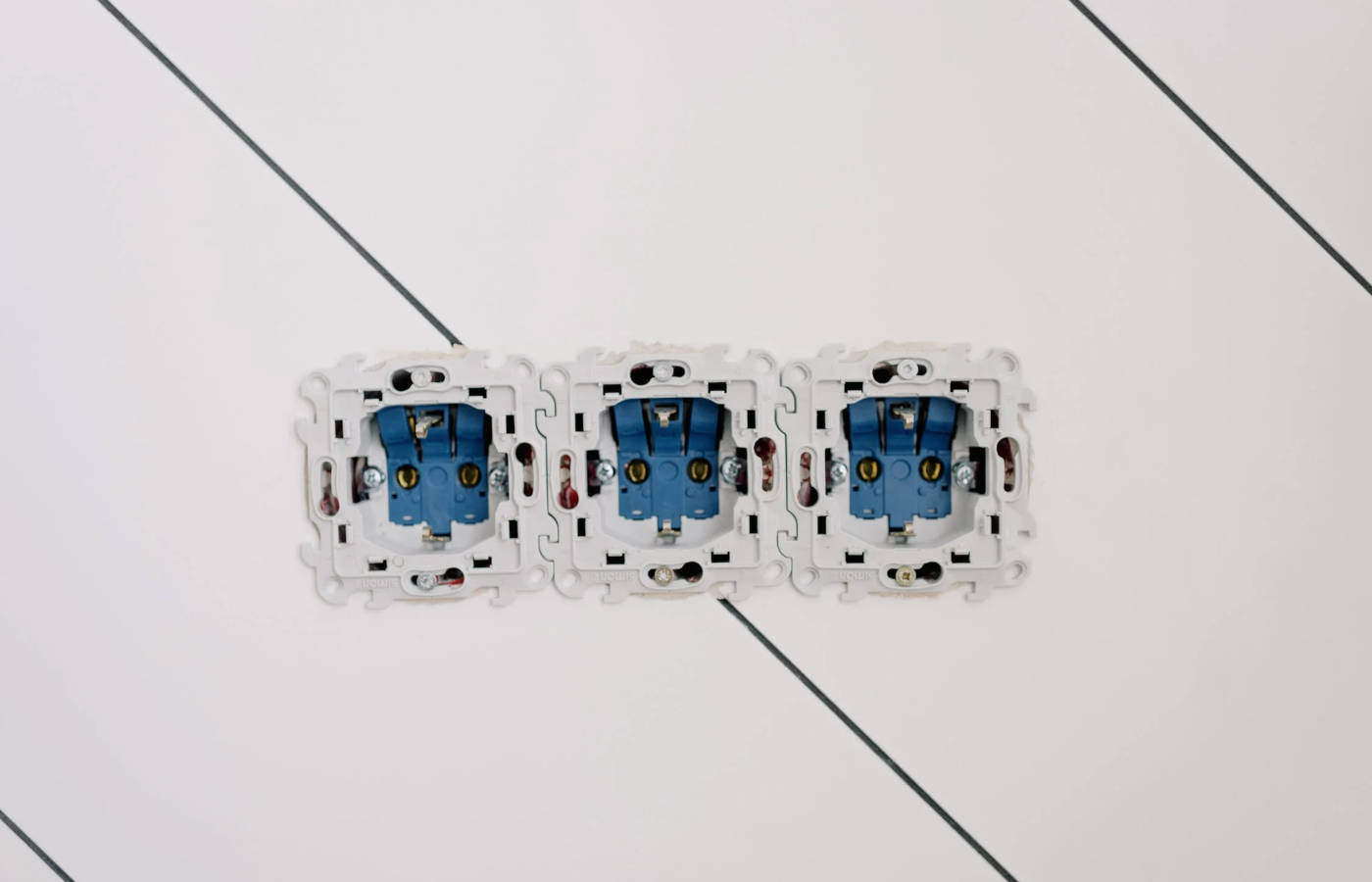If you have an apartment in a high-rise building, then a 220V network is guaranteed in it. And the generator for it needs the same type of phase, simply speaking, single-phase. And best of all, inverter – it can be installed even on the balcony without making too much noise.
But, if we are talking about backup power for a private house. Then the network can be single-phase (power on one line) and three-phase. Often, 380V appliances are bought for the home. Due to the fact that they are obviously more powerful and more durable. It can be a water pump, a vertical wood splitter, or equipment for a home workshop or garage, various powerful power tools, machine tools. The engine of these devices will not start if it does not receive the necessary 380 volts. That is why the choice of a generator for a home should begin with an analysis of the fixed network and wiring. If there are three-phase current consumers, then only a three-phase generator is needed to power them.
What is the actual difference and problem?
Both gasoline generators and diesel generators are presented in sufficient quantities on the Ukrainian market, both single-phase models and three-phase stations. The difference in power delivery is as follows:
- For example, a 220V gas generator, even with a power of 1-20 kW , will only power single-phase electrical appliances.
- The three-phase gene has advantages. It will give current to both: both 380 volt equipment and single-phase consumers.
Three-phase (380V) generator advantages
There are always two sockets on the panel of a 3-phase unit: one for 380V / 16Amps, the other for 220V / 16Amps. That is, you can connect electrical equipment of various phases and get the current and voltage you need. It would seem that there are no problems – it is better to buy just such a backup power plant and enjoy the working equipment. But, problems still exist, and there are two of them.
The fact is that with the power supply of 3-phase devices, everything will really be in order: they will receive their power and their voltage. But with the supply of backup electricity to single-phase consumers, disadvantages will appear, which are called:
- Power sharing.
- Phase shift.
About kilowatts
On the first question, you need to know that single-phase devices will receive only a third of the power from the gene for 3 phases. We explain simply and clearly: by buying a three-phase generator for 6 kW, you will get:
- When connecting three-phase electrical equipment – 6 kilowatts of power.
- When connecting single-phase – only 2 kilowatts.
This is a fact, and you need to come to terms with it. Therefore, the required power should be calculated immediately, before buying, taking into account its loss. If your water pump is 1 kW, then it requires 2 at start-up (multiply by the start factor). It turns out that a three-phase gene for 5 kW will not start it, you need at least 6, and even then this will be the maximum load.
Important to know!
Another bad news: the power plant will give your single-phase home appliances only 2 kW, and it will pull gasoline, like all 6.
As for the phase imbalance, this is also very problematic and mathematically difficult. It turns out that single-phase devices must be connected to each line (phase) so that the difference between the load on the lines is no more than 10%. That is, expect the connection to be approximately the same, otherwise, the power will stall. If a 1.5 kW electric kettle is turned on, then something with approximately the same power can be connected to another line, + – 15 kW (from 1.35 kW to 1.65 kW of power).
It turns out that a three-phase generator for a house is only beneficial if you have a lot of appliances that want to “eat” 380 volts. And with single-phase, you need to connect thoughtfully and carefully, calculating the power. Therefore, the scope of a three-phase power plant in most cases is construction, workshops with machine tools, and enterprises. In general, those facilities where there is powerful construction or industrial equipment at 380V.
One-Stop Solution
The world’s leading generator manufacturers have managed to eliminate the above problems by creating a 220/380V combined generator. The principle of its operation is in the installation of a special switch (Voltage Transfer Switch). It switches the voltage in the alternator and outputs the one you need. The advantage is that you get nutrition:
- No loss of power;
- No problematic phase imbalance.
The inventor of the switch is the German company Konner & Sohnen. However, there are analogues among the generators from Hyundai, Vitals, Iron Angel, Matari, Vulkan.
A universal device, although it costs more. Is very beneficial for a home where there is both single-phase and three-phase equipment.
You can read more about generators on our blog.

There are no comments yet.